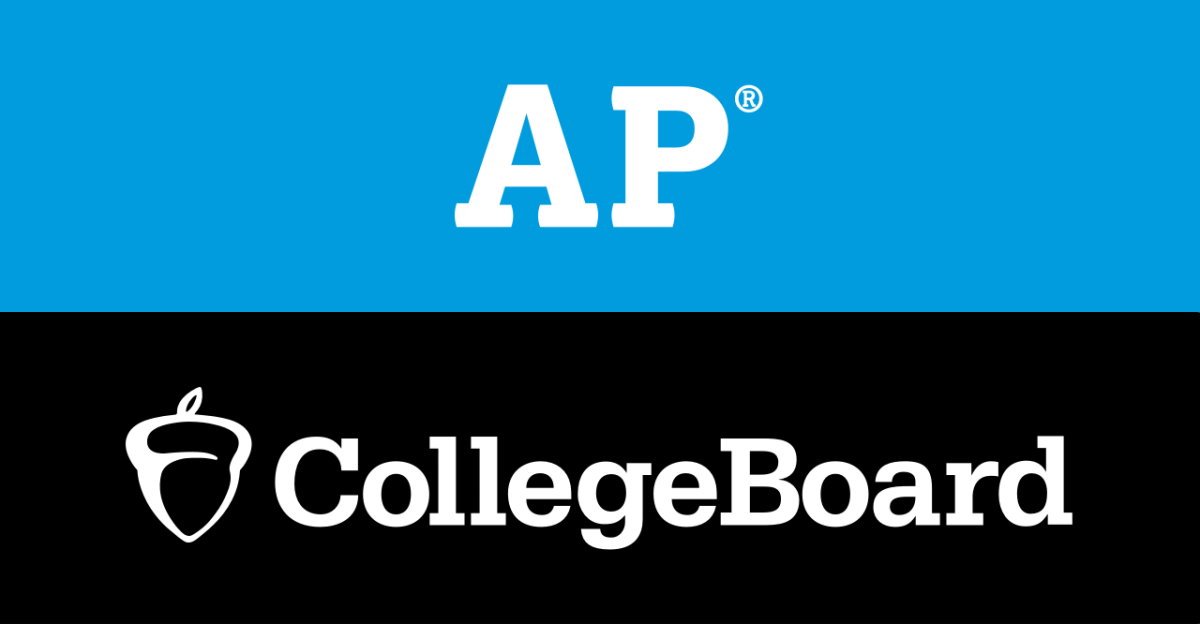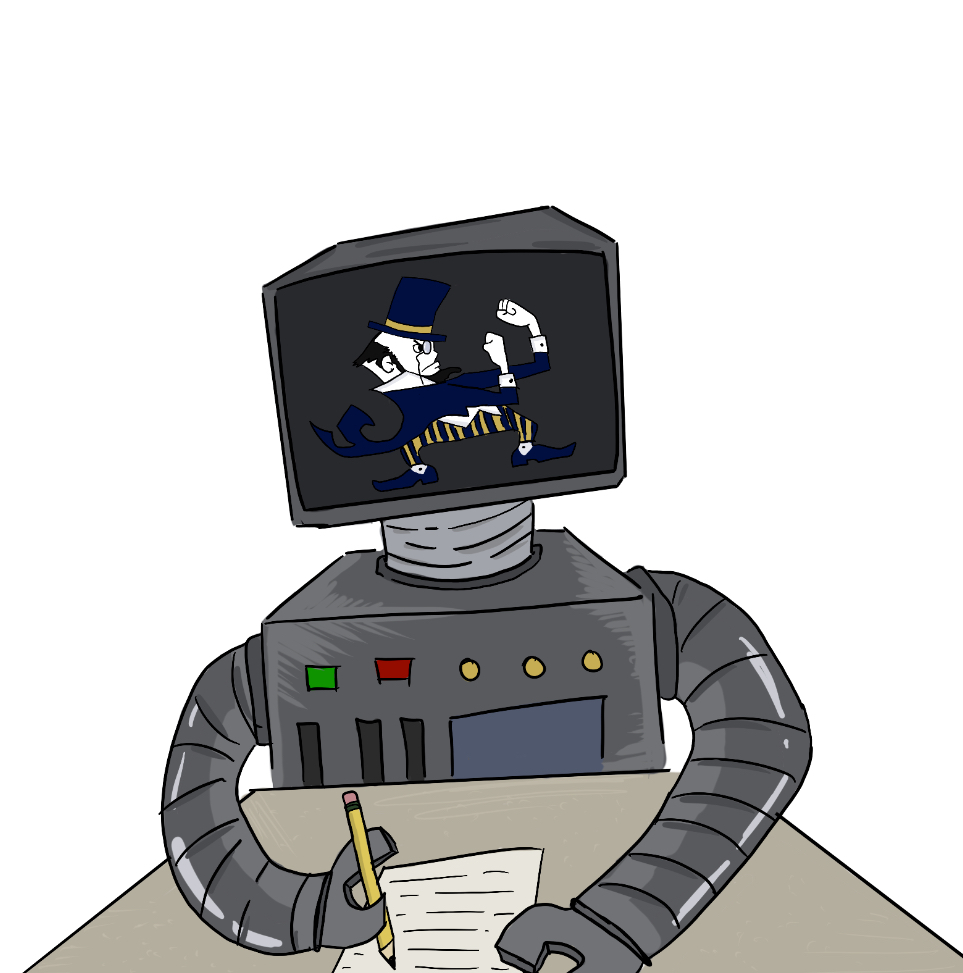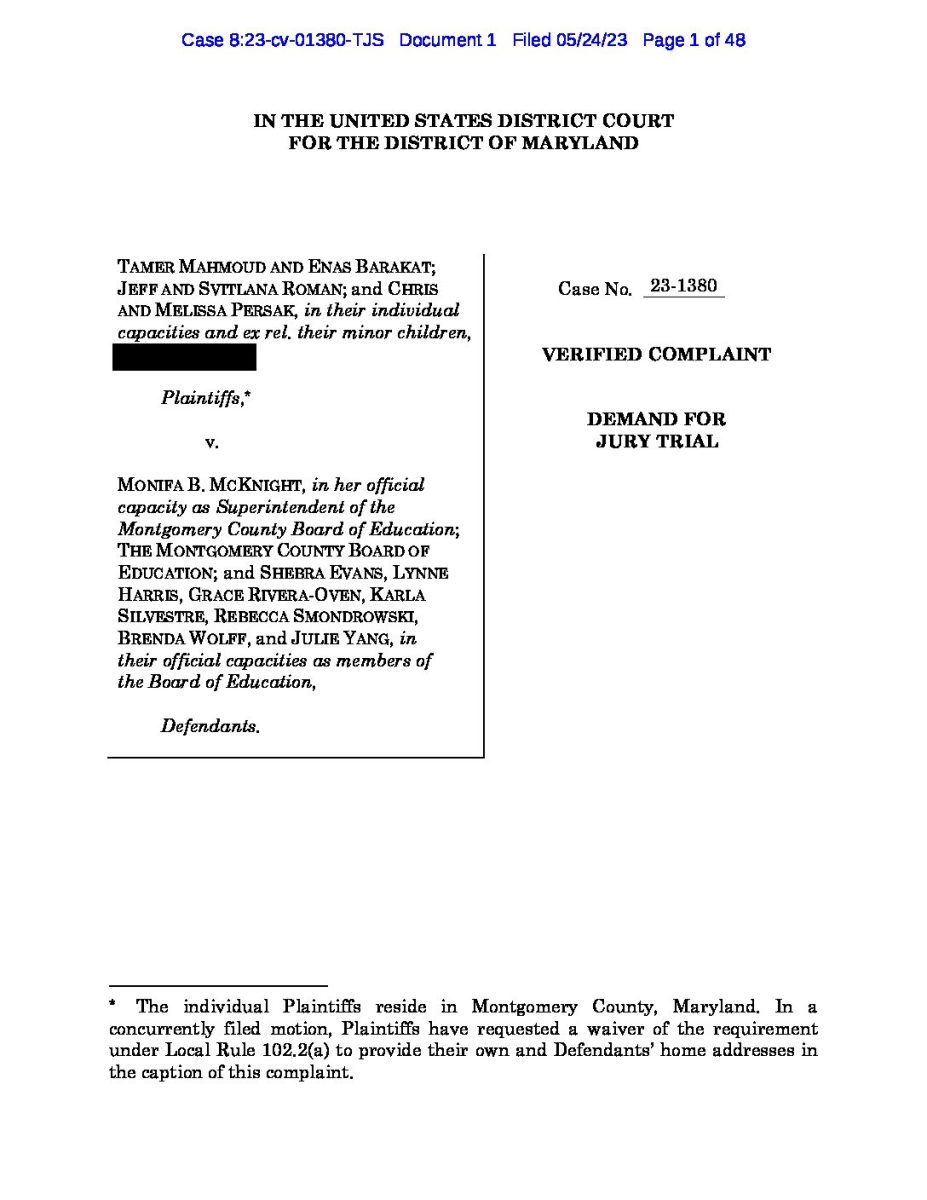No More 9 to 5?
In an Instagram survey of users 21 and younger, a staggering 74% of participants said that they would feel “unfulfilled” working a 9-to-5 desk job.
As children, we were told we could do anything if we dreamed big and worked hard. This included astronauts, lawyers, billionaires, and politicians, with the competition for the presidency becoming fiercer with every rising kindergarten class. While our aspirations for future endeavors have most likely changed, one theme has remained constant: our generation’s lack of enthusiasm for a future that includes a typical 9-to-5 job.
In an Instagram survey of users 21 and younger, 58% of the participants said they would be “somewhat” to “strongly against” having a long-term career that would be a typical 9 to 5. In a similarly trending response, a staggering 74% of participants said that they would feel “unfulfilled” working a 9-to-5 desk job and would “prefer a work environment that is more flexible.”
While these are unlikely new sentiments, they are certainly something more relevant in the discussions surrounding the workplace. The reasons behind this change highlight the extent to which each generation has been impacted by technology. The expansion of technology is relatively new to our society. A separation has formed between two different sets of demographics: pre-Internet and post-Internet.
The post-Internet group has become independent and has a deeper understanding of what they demand from the work field. Spurred on by the tools they’ve learned online, such as activism or their exposure to diverse ideas and people, they feel comfortable in their demands for a work environment they want.
Realistically, most of the younger generation will replace the older generation in some form of a standard 9-to-5 job to continue fueling a prosperous economy. After all, not everyone can have the flexibility and income stream of fairly new jobs, such as social media influencers and content creators. Yet, with workplace demands, such as flexibility and a work-life balance, at the forefront of our generation’s priorities, companies will eventually be forced to change how they operate.
Some companies, such as Microsoft, UnitedHealth Group, and other major corporations, have been operating with a focus on flexibility rather than office formality for years. Driven by the realization that employees increasingly value a work-life balance that matches their ideals, major corporations and even countries have recently followed suit and scrambled to keep up with the changing work structure centered around flexibility.
Changes in environments that stress long hours and lack versatility for the employees reflect that the structure is changing to fulfill the work-life balance demands of the younger generation. “This isn’t the era of Henry Ford,” remarked B-CC senior Luwam Yishak. “The idea of there being a need to work [behind a desk] is so outdated.” Yishak also acknowledges that some jobs require a traditional working structure, yet she still encourages reforming the work hours and physical environments of workplaces.
This type of widespread change in the workplace is not unimaginable. During the pandemic, the image of the workplace severely shifted due to teleworking, remote jobs, and flexible schedules. The results? The pandemic-induced structure saw waves of undisputed success as companies saw record profits, longer working hours, and heightened productivity.
Yet as vaccination rates soared and the world slowly reopened, so did the doors to the 9-to-5 workplace. Slowly but surely, people miserably shuffled back into their pre-pandemic positions as companies cited communication issues and a lack of community for their decisions.
This doesn’t mean the future of a flexible workplace is dead. Even corporations cannot stop the tides of change, but when will they reach our K–12 education?
Nina Allen, a B-CC senior, serves as the Co-Director for The Tattler's Communications Team and a contributing writer who specializes in Features. You can...

Claire Wang, a B-CC senior, serves as the Co-Director for The Tattler's Art Team and a contributing writer. She also has two dogs and two cats.








































